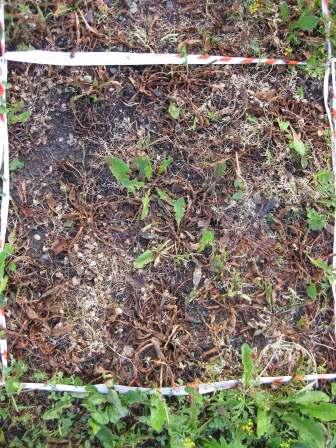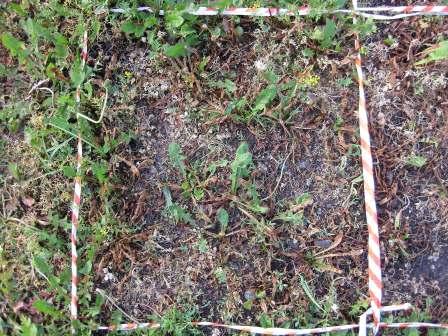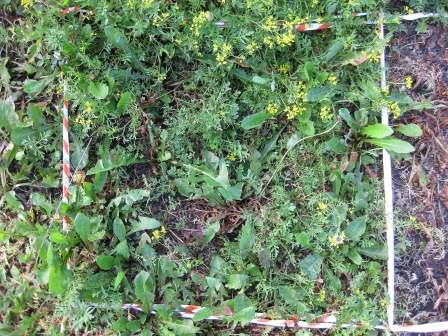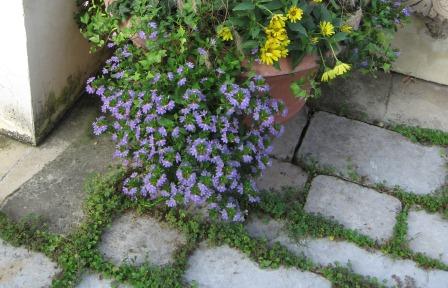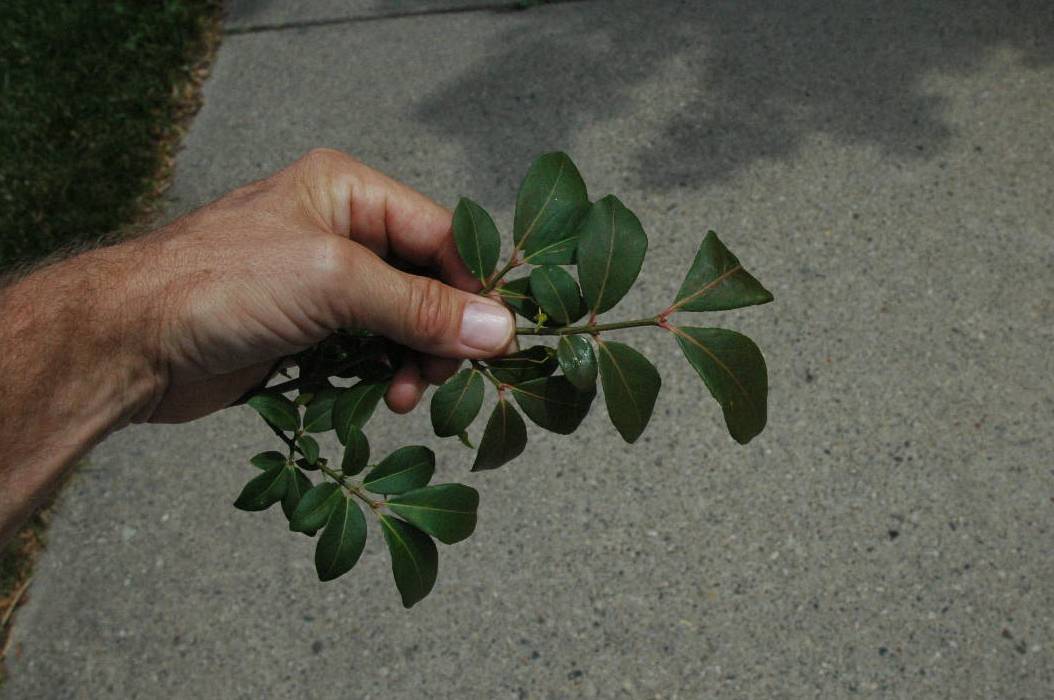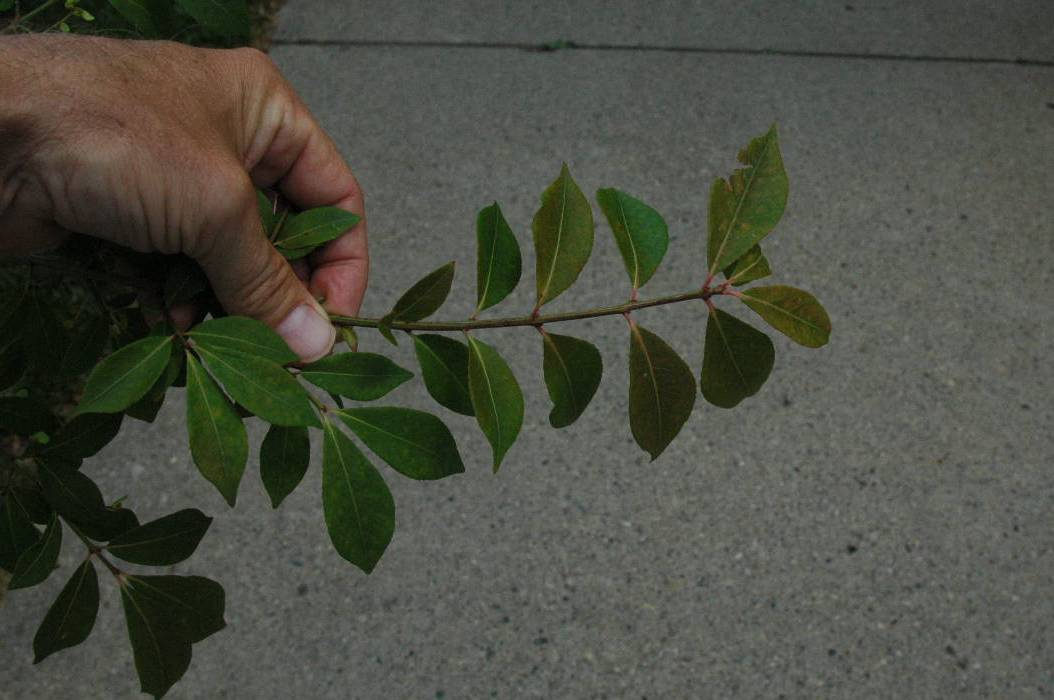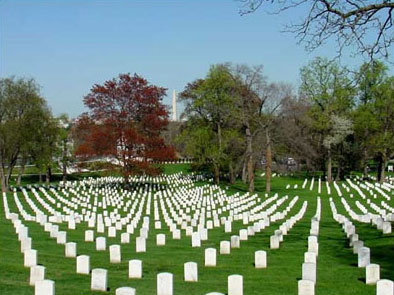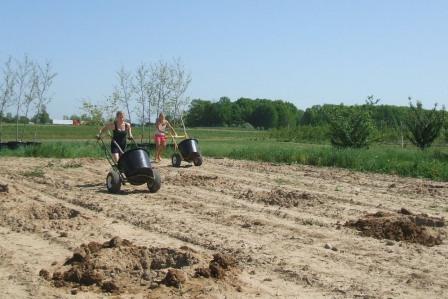This summer marks an anniversary of sorts. Shortly after I joined the faculty at Michigan State University in the fall of 1999 MSU Extension began to get reports of dead and declining ash trees in and around Detroit. Since ash trees had relatively few serious pest issues and none that routinely caused mortality, the mysterious ash decline was attributed to cumulative environmental stresses, ash yellows or various site factors. In the summer of 2002, however, a little-known exotic beetle from Asia, emerald ash borer (Agrilis planipennis) was identified as the causal organism. The beetle was so obscure that the first insects collected had to be sent to an entomologist in Eastern Europe for identification. The summer of 2002 has become a point demarcation for those that work in landscape horticulture or urban forestry in the Midwest and East; now it’s before EAB and after EAB. Prior to 2002, EAB was completely unknown in the US, today it has been identified in 15 states and 2 Canadian provinces.

EAB range June 2012
In the intervening 10 years we have learned a lot about the beetle. In fact, it seems likely that we have learned more about EAB in 10 years than just about any tree pest in history. I did a quick Google Scholar search and there have been nearly 600 articles published with ‘emerald ash borer’ in the title since 2002. Below are some highlights of what we’ve learned.
In lower Michigan, EAB is able to complete its life cycle in one year. Adults emerge in early summer, feed on ash tree foliage, mate, and lay eggs on ash tree bark. When the eggs hatch the larvae burrow into the tree and feed on phloem under the bark leaving extensive galleries. The larvae eventually pupate and overwinter before emerging as adults the next summer, leaving a characteristic D-shaped exit hole.

EAB life cycle – National Plant Gemplasm System
Host range. When EAB was first discovered very little was known about the insect, even in its native range in China and Korea. At the time, information from its native populations suggested that EAB could affect trees outside the genus Fraxinus. Research in the US, however, has clearly demonstrated that EAB adults can only feed on Fraxinus foliage and EAB larvae can only develop by feeding on ash tree phloem. So there is little likelihood that EAB will ‘make the jump’ to other tree species outside of Fraxinus. That’s the good news. The bad news is that all North American ashes are susceptible to EAB. There are some differences in relative susceptibility; green ash trees are probably the most susceptible, while blue ash trees will hang in there the longest. Eventually, though, all North America ashes will succumb.
How not to stop an exotic invasion. While much of what we’ve learned about EAB has been through systematic research, we have also learned by trial and error. Immediately after EAB’s discovery regulators decided the best approach was try to eradicate the pest. Historically eradication efforts have not been very successful but decision-makers at the time may have been buoyed by the recent successful eradication of Asian long-horned beetle in the Chicago area. To make a long story short, EAB eradication failed. In 2002 the EAB infestation was made up of a core population in and around Detroit and a series of isolated outlier populations. The eradication strategy was analogous to fighting a forest fire – build a perimeter around the main hot spot and eliminate outlying ‘spot fires’ as soon as they appear. With EAB the fire fighting analogy broke down for two reasons. First, it was impossible to contain the main population since the insect was continually carried out of the core area, largely by campers moving firewood (It’s a Michigan thing). Secondly, fire-fighters can rapidly respond to isolated spot fires because smoke identifies the location almost immediately. With EAB there is typically a 2-3 year lag period once the beetle moves into an area until trees begin to show symptoms. By that time the population is well established and has likely already spread beyond any potential containment.
Saving your ash. In 2002 there was no data on effectiveness of insecticides against EAB. Therefore researchers and extensions specialists, did not provide recommendations for arborists to control it. Several arborists ignored our advice and treated trees in the core infestation areas in Detroit with insecticides. In some cases those trees are still alive. So were the arborists right and were we wrong? I think both groups did what they had to do. As scientists and extension specialists we can’t make recommendations in the absence of data. In many cases the arborists took a ‘sledgehammer’ approach, using multiple products and multiple applications. They saved some trees but they probably used more chemical than they needed to and probably hit some beneficial and other non-target insects along the way. Today, with the benefit of nearly decade of research, we have effective controls for individual trees, primarily using trunk-injected systemic insecticides.
http://www.emeraldashborer.info/files/Multistate_EAB_Insecticide_Fact_Sheet.pdf
What’s next. The range of EAB continues to expand. While it is possible to protect individual trees, we need to remember those trees will require treatment in perpetuity to survive. The development of hybrid ashes – similar to what has been done with elms – seems like to most likely scenario that will get ashes back into the landscape. In the meantime, EAB joins chestnut trees and elms as another reminder of the need to diversify our landscape in order to reduce risks associated with exotic pests.
